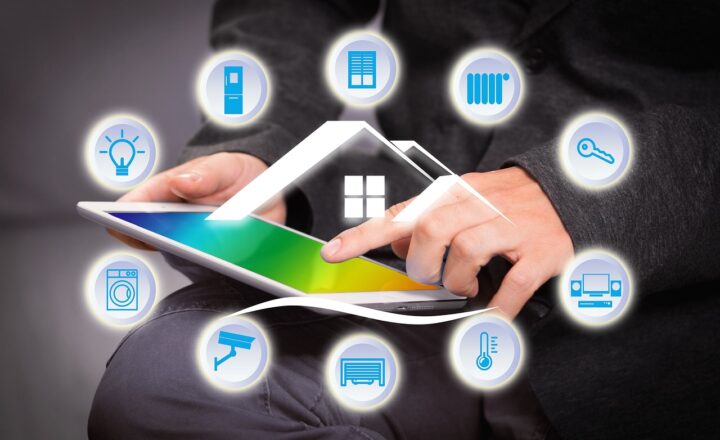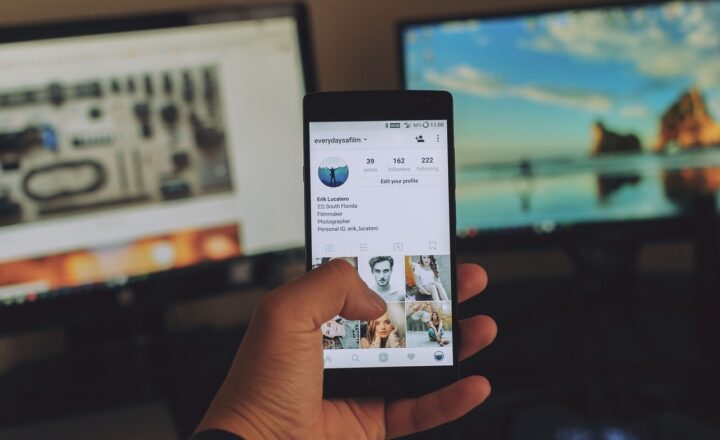Are Our Devices Really Listening? The Truth About Tech Surveillance
November 10, 2024

In today’s hyper-connected world, it’s no secret that technology plays a crucial role in our daily lives. From smartphones and smart speakers to wearables and smart home devices, we rely on these gadgets to keep us informed, entertained, and connected. However, with growing concerns over privacy and security, many people are starting to wonder: are our devices really listening to us? In this article, we’ll dive deep into the truth about tech surveillance, exploring how our devices collect data and what that means for our privacy.
1. Understanding Tech Surveillance
Before we address whether our devices are listening to us, it’s essential to understand what tech surveillance is. Tech surveillance refers to the practices and technologies used to monitor user behavior, collect data, and analyze interactions with digital devices. This phenomenon extends beyond just listening; it can encompass everything from tracking your location to analyzing your browsing history.
Common forms of tech surveillance include:
- Data Collection: Companies collect vast amounts of data on user habits, preferences, and behaviors to tailor their services and advertisements. This data is often anonymized, but the potential for misuse or breaches exists.
- Voice Recognition Technology: Smart speakers and voice assistants use built-in microphones to listen for activation phrases, but they may also be collecting snippets of conversations in the background.
- Location Tracking: Many devices use GPS technology to locate users, providing real-time updates and location-based services. This feature can raise concerns about unwanted monitoring.
Understanding these aspects of tech surveillance is the first step in addressing concerns about privacy and security in our increasingly digital world.
2. Are Devices Listening to Us? The Evidence
One of the most alarming questions consumers ask is whether their devices are constantly listening to conversations. The answer to this varies based on the device and its settings. Let’s take a closer look at how different technologies operate:
- Smart Speakers: Devices like Amazon Echo and Google Home use voice recognition technology to respond to specific triggers. They continuously listen for wake words (e.g., “Alexa” or “Hey Google”) to activate. While they are designed to ignore background noise, there have been instances where the devices mistakenly activated, leading to unintended recordings.
- Smartphones: Mobile devices also feature voice assistants like Siri and Google Assistant. Similar to smart speakers, smartphones wait for a trigger phrase to start recording audio. However, many applications may utilize the microphone for various reasons, raising concerns over whether they capture more than users realize.
- Applications and Permissions: Apps installed on smartphones often require permissions to access the microphone for specific features. Users might unknowingly grant access, putting themselves at risk for potential surveillance without their consent.
While technology companies claim that background listening is rare and only occurs when specific commands are spoken, the debate continues over whether users can truly trust these assurances. It’s essential to review privacy policies and manage device settings to minimize potential risks to personal privacy.
3. Privacy Policies and User Control
Most tech companies have extensive privacy policies outlining data collection practices. However, these documents are often long and complex, leading many users to feel overwhelmed and uninformed about their choices.
Users have several options to take control of their privacy:
- Adjusting Microphone Settings: Many devices allow users to mute microphones or disable voice recognition features altogether. By adjusting these settings, users can significantly reduce the chance of unintended listening.
- Reviewing Permissions: Regularly assess which applications have access to your microphone, camera, and location. Revoke permissions from apps that do not need them for their core functionality.
- Understanding Privacy Policies: Take the time to read the privacy policies for the devices and services used. Familiarity with how data is collected and used can empower users to make informed choices about their technology interactions.
Taking a proactive approach to privacy settings helps ensure that you have more control over what information your devices collect and how it’s used.
4. Real-Life Incidents and Concerns
Several high-profile incidents have raised public concern about tech surveillance and privacy:
- Cambridge Analytica Scandal: This incident highlighted the level of data harvesting that occurs without user consent, emphasizing the need for stricter regulations on data privacy.
- Leaked Audio from Smart Speakers: In 2020, it was reported that some smart speakers mistakenly recorded conversations and sent them to employees for review. Although the companies apologized, this incident shook users’ trust.
- Unauthorized Access to User Data: Breaches involving major companies have resulted in sensitive data being leaked, reinforcing concerns about the security of personal information stored online.
These incidents showcase the importance of remaining vigilant about data privacy and understanding the potential risks associated with tech surveillance.
5. The Balance Between Convenience and Privacy
The use of technology often necessitates a trade-off between convenience and privacy. Smart features—such as voice recognition and personalized recommendations—offer ease of use and tailored experiences. However, many individuals must weigh this convenience against the potential risks of surveillance.
- User Responsibility: It is essential for users to be aware of their roles in protecting their privacy. By staying informed and making deliberate choices regarding technology usage, individuals can maintain a level of privacy while enjoying the benefits of modern advancements.
- Industry Accountability: The tech industry must also take responsibility for transparency in data collection and usage. Companies should clearly communicate how they protect user data and prevent unauthorized access.
Striking the right balance between convenience and privacy is a personal decision that requires ongoing reflection and education.
Conclusion
As technology continually evolves, so do the complexities surrounding privacy and surveillance. While many devices may have listening capabilities, it’s crucial to be proactive in understanding how these technologies operate and the implications for personal privacy. By becoming informed users, adjusting device settings, and advocating for transparency, we can utilize technology while safeguarding our privacy.
In the end, the question isn’t just whether our devices are listening—it’s about how we choose to engage with the technology around us. Empowered with knowledge, we can navigate the digital landscape without compromising our privacy or security.








